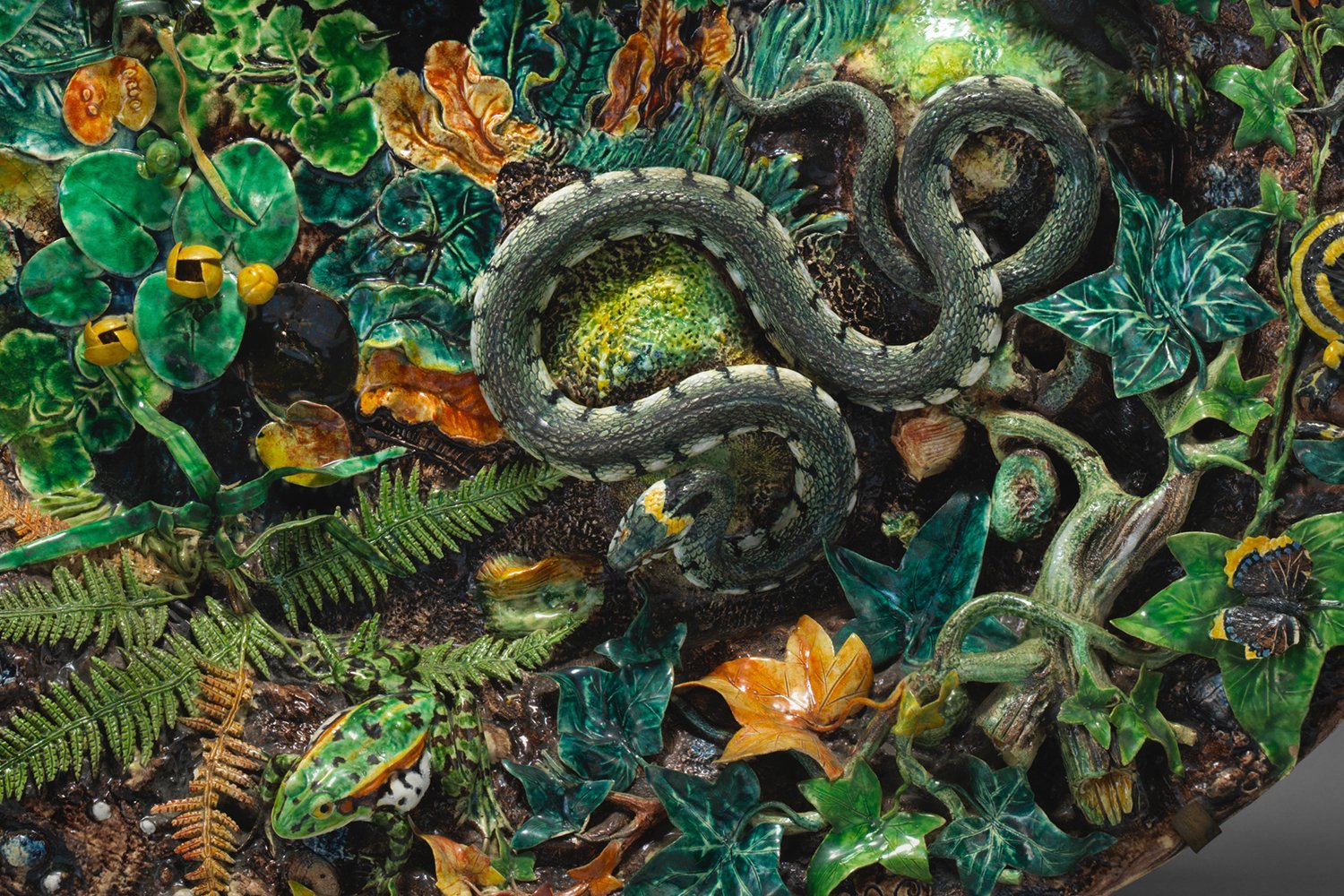About Wangechi Mutu's The Seated III

Today is the birthday of Kenyan-American artist Wangechi Mutu! Let’s take a look at her sculpture The Seated III, now residing in the Fort Worth Modern.
Cover photo: The Seated III, 2019, bronze, by Wangechi Mutu, at the Fort Worth Modern, Fort Worth, Texas, United States (2021). Photo by DannyWithLove.
Now on view at the Fort Worth Modern, The Seated III is one of four sculptures created by Wangechi Mutu in 2019. The series, titled The NewOnes, will free Us, was commissioned for New York City’s Metropolitan Museum of Art, to fill four niches along the institution’s façade.
The current Metropolitan building dates back to 1870, with the façade designed by Richard Morris Hunt and completed in 1902. The exterior four niches were originally intended to host four caryatids — figures that serve as an architectural support in place of a column or pillar — devoted to the arts of painting, sculpture, architecture, and music, created by Viennese Neoclassical artist Karl Bitter, but the museum lacked adequate funding.
Until Mutu’s commission, the façade remained empty. She recognizes, “The Met Museum, the façade and entryway in particular, were designed before women, and specifically black women, in the United States had rights as full human beings.”
Born in Nairobi, Kenya, Mutu now spends much of her time in New York. Addys Gonzalez, a scholar at Montclair State University, describes the commission as an “invited invasion.” By taking command of a space designed for European men with a group of empowered female bodies, Mutu subverts the male gaze and participates in decolonizing the Met’s legacy.
The NewOnes, will free Us consists of The Seated I, The Seated II, The Seated III, and The Seated IV. With their elongated features, each figure measures seven feet tall. The women are dressed in coils that “function as garments and as armor” and relate to traditional jewelry across the African continent. “They became almost like soldiers,” notes Mutu. She first created Plasticine models, which were then 3-D scanned and enlarged. Each figure was cast in an edition of three.
Mutu is best known for her collage work, and she approaches the series through this perspective. By combining and rejecting global caryatid traditions, from the Maidens of the Acropolis to the royal stools of the Luba people. Mutu approaches these sculptures as collage. “I wanted to … investigate the caryatid as an emancipated character, liberated from her weight,” explains Mutu. The figures are poised, regal, and defiant.
“I think about the relationship between the femaleness of my body and society’s perception and expectation with me,” says Mutu. She argues, “Females carry the marks, language and nuances of their culture more than the male. Anything that is desired or despised is always placed on the female body.”
Mutu is often spoken of in the context of Afrofuturism, first pioneered by writers and musicians like W.E.B. Dubois and Sun Ra. Afrofuturism is a cultural reframing, the imagining of a reality in which Africa and its descendants live in peace and prosperity, free from the oppressions of colonialism, imperialism, and racism. Author Ytasha Womack defines Afrofuturism as “an artistic aesthetic, but also a kind of method of self-liberation or self-healing.”
At the Fort Worth Modern, Mutu’s The Seated III has replaced Italian artist Michelangelo Pistoletto’s The Etruscan. Both are contemplative figures, but while Pistoletto’s Etruscan looks inward, towards the mirror, Mutu’s weightless and unrestrained caryatid looks outward, surveying the world around her. The change marks a curatorial statement of inclusiveness, paying greater attention to artists historically omitted by Western museums.














